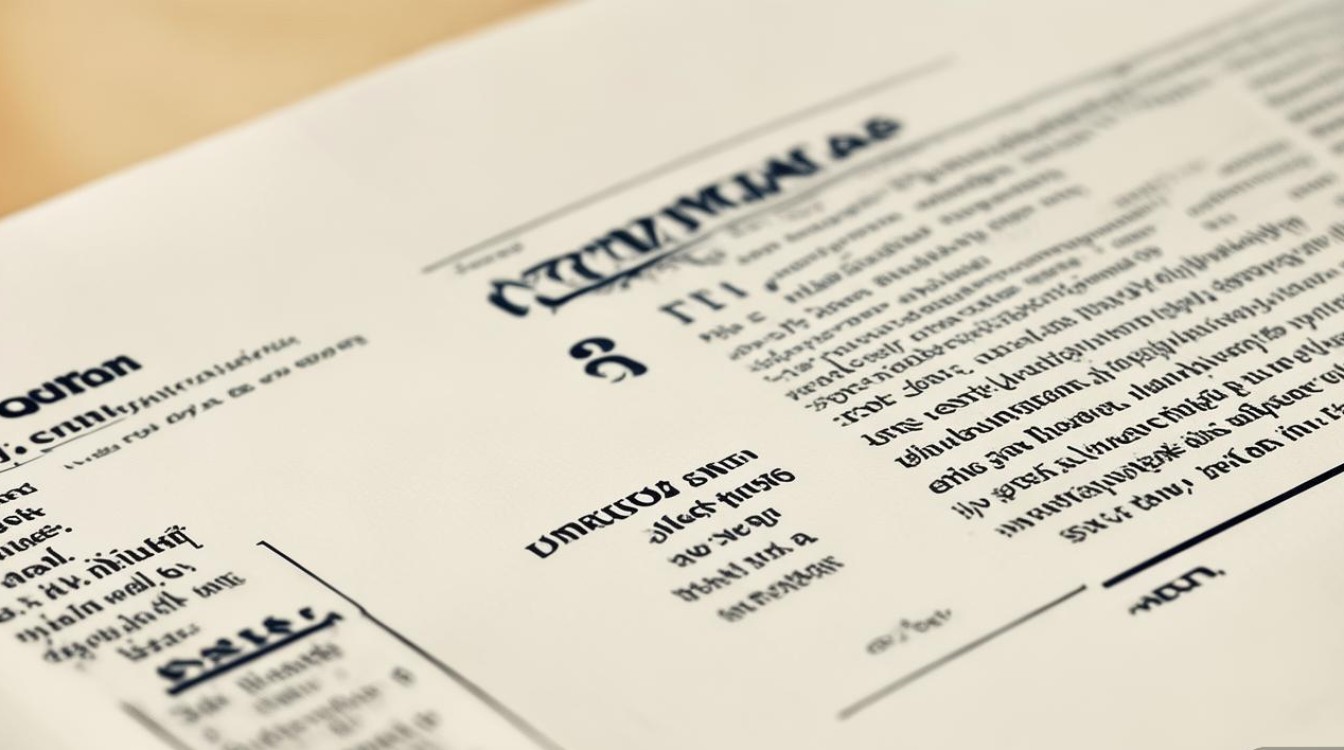下面我将为你提供一个非常全面且实用的模板,包括结构解析、万能句式、高分技巧和一篇完整的范文示例。

讨论型作文结构解析
标准的讨论型作文建议采用四段式结构,这样逻辑清晰,易于考官理解和给分。
-
第一段:引言段
- 功能:引入话题,重述题目,表明文章将讨论两种观点。
- 结构:
- 背景引入:用一两句话介绍话题的宏观背景。
- 题目重述:用你自己的话改写题目,表明你理解了题意。
- 文章结构预告:明确说明本文将讨论这两种观点,并在最后给出个人看法。
-
第二段:阐述观点A
- 功能:详细论述第一个观点的优点、原因或论据。
- 结构:
- 主题句:清晰地表明本段要讨论的观点A。
- 解释/扩展:解释为什么有人会支持这个观点。
- 举例:给出具体的例子来支撑你的论点(个人经历、社会现象、研究数据等)。
- 小结句:简要总结本段论点。
-
第三段:阐述观点B
- 功能:详细论述第二个观点的优点、原因或论据。
- 结构:
- 主题句:清晰地表明本段要讨论的观点B。
- 解释/扩展:解释为什么有人会支持这个观点。
- 举例:给出具体的例子来支撑你的论点。
- 小结句:简要总结本段论点。
-
第四段:结论段
- 功能:总结前文两种观点,并清晰地陈述你自己的观点。
- 结构:
- 观点总结:用一两句话简要回顾前文讨论的两种观点。
- 个人观点陈述:明确给出你自己的立场,你的观点可以:
- 完全偏向一方(e.g., I believe that...)
- 认为双方各有道理,但更倾向于一方(e.g., While both views have merits, I am more inclined to agree with the former/latter.)
- 提出一个综合性的看法(e.g., A more balanced approach would be to...)
- 展望:用一句话重申你的核心观点,或对未来进行简要展望。
万能句式与词汇
引言段
- 背景引入:
In the contemporary era, [topic] has become a subject of intense debate.The issue of whether [rephrase the topic] is a contentious one.
- 题目重述:
It is often argued that [view A]. By contrast, others contend that [view B].People's opinions are divided on this matter. Some people believe that [view A], while others argue that [view B].
- 文章结构预告:
This essay will discuss both perspectives before presenting my own viewpoint.In this essay, both sides of the argument will be analyzed, followed by my own opinion.
主体段
-
主题句:
On the one hand, there are several compelling reasons why [view A].The proponents of [view A] often highlight its significant advantages.From one perspective, the argument in favor of [view A] is quite strong.
-
连接词:
- 递进/补充:
Furthermore,Moreover,In addition,Additionally - 举例:
For instance,For example,A case in point is...,This can be illustrated by the fact that... - 因果:
Therefore,As a result,Consequently,This is because...
- 递进/补充:
-
小结句:
Therefore, it is understandable why many people support this view.These points clearly demonstrate the validity of [view A].
-
转向另一方:
On the other hand, an opposing viewpoint suggests that [view B].However, there is a strong counter-argument to this.From another perspective, the advantages of [view B] should not be overlooked.
结论段
- 观点总结:
In conclusion, while the arguments for [view A] and [view B] both have their merits, it is evident that a nuanced perspective is required.To sum up, the debate surrounding [topic] involves weighing the pros and cons of two contrasting positions.
- 个人观点陈述:
Personally, I am more convinced by the former/latter argument.From my perspective, although [view A] has its merits, the benefits of [view B] are more significant in the long run.In my opinion, a balanced approach that incorporates elements of both views would be the most practical solution.
- 展望:
Thus, it is crucial to consider all aspects of this issue.Ultimately, the decision on this matter depends on a careful evaluation of individual circumstances.
高分技巧
- 词汇丰富性:避免重复使用同一个词,表达“观点”时,可以用
viewpoint,perspective,argument,stance,opinion。 - 句式多样性:不要总是用 "I think..." 或 "Some people think...",多使用从句(定语从句、状语从句)、分词结构、倒装句等,使文章更有节奏感。
- 逻辑清晰:确保段落之间和句子之间有清晰的逻辑连接,使用恰当的连接词是关键。
- 观点明确:在结论段,你的个人观点必须清晰、明确,模棱两可的表达会失分。
- 论据具体:空泛的论述很难拿高分,一定要用具体的例子来支撑你的观点,即使是假设的例子也要说得像真的一样。
范文示例
** Some people believe that university education should be free for everyone. To what extent do you agree or disagree with this statement? (这是一个典型的讨论型题目,需要讨论“免费”和“不免费”的观点,并给出自己的看法。)
范文:
(Introduction) In an increasingly competitive global job market, the role and accessibility of higher education have become a pivotal topic of discussion. A central point of debate is whether university tuition should be provided free of charge to all. While the idea of free university education is appealing, this essay will argue that the significant financial burden it places on the state and the potential devaluation of academic qualifications make a system of partial or full tuition fees a more viable option.
(Body Paragraph 1 - View A: Free Education) On the one hand, proponents of free university education present several compelling arguments. Primarily, it promotes greater equality of opportunity. Individuals from lower socio-economic backgrounds would not be deterred by the prospect of accumulating substantial debt, allowing them to pursue their academic potential based on merit rather than financial capacity. For instance, in countries like Germany, where public universities are largely tuition-free, there is a more diverse student body, which enriches the learning environment for everyone. This, in turn, fosters a more equitable and meritocratic society.
(Body Paragraph 2 - View B: Not Free Education) On the other hand, the argument against free university education is equally persuasive. A primary concern is the immense financial strain it would place on national governments. Funding free education for a large percentage of the young population would require substantial reallocation of budgets, potentially leading to cuts in other critical public services such as healthcare, infrastructure, and primary education. Furthermore, if education were free, some students might not value it as highly, leading to higher dropout rates and a potential devaluation of the degrees themselves. The cost of tuition, even if symbolic, can instill a sense of responsibility and commitment in students.
(Conclusion) In conclusion, while the aspiration of free university education is noble and aims to create a fairer society, the practical implications are too significant to ignore. The financial burden on the state and the risk of devaluing academic qualifications are considerable drawbacks. Therefore, I am more inclined to agree with the view that a more balanced approach, perhaps through income-contingent loans or state-subsidized tuition, is a more practical and sustainable solution to ensure both accessibility and quality in higher education.











